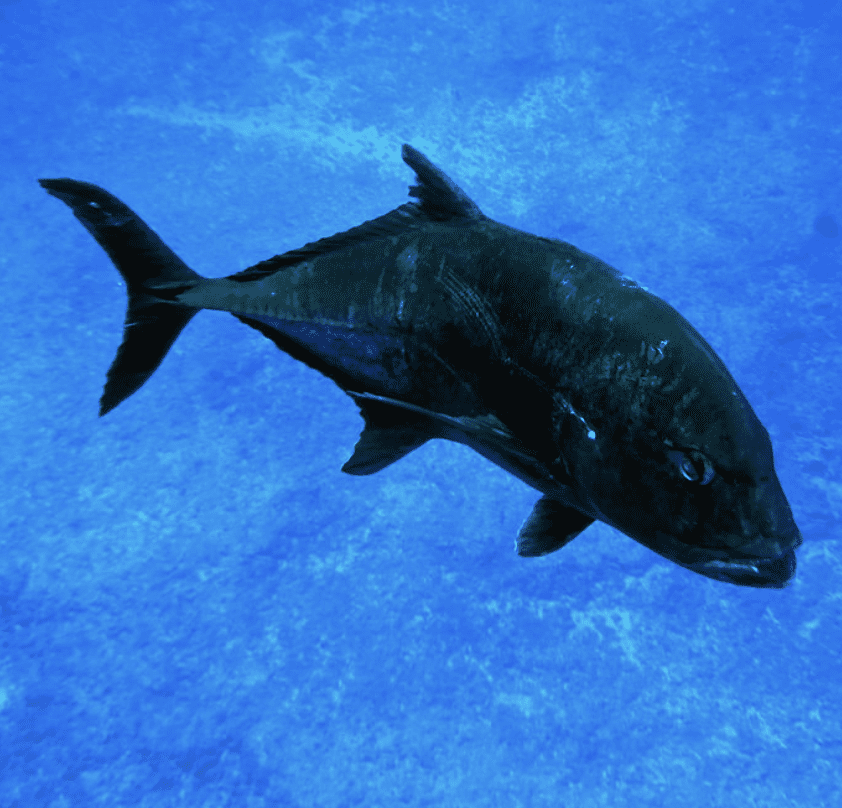Introduction
The Black Jack (Caranx lugubris) is a fish species belonging to the Jack family (Carangidae).
Conservation Status
The Black Jack has been classified as ‘Least Concern’ by the International Union for Conservation of Nature (IUCN), due to its wide distribution and apparent abundance. Conservation efforts are relatively minimal specific to this species due to its population stability; however, larger scale efforts to conserve marine ecosystems will indirectly protect this species.
Statistics
| Statistical Category | Average | Range |
|---|---|---|
| Length | 18 inches | 5-30 inches |
| Weight | 5 lbs | 1-10 lbs |
| Lifespan | 9-12 years | N/A |
Distribution
The species has a widespread distribution, found in both the Atlantic and Pacific Oceans. Within these regions, Black Jacks inhabit tropical and subtropical waters, migrating only short distances for spawning.
Habitats
Black Jacks are marine fishes that prefer warmer oceanic waters. They can be found at a variety of depths from shallow coastal waters to depths around 360m. The suitable temperature range for this species is between 20 – 28°C.
When and Where to See
Black Jacks are most commonly sighted during the summer seasons, especially during the day when they are more active in hunting.
Best Fishing Locations
Although Black Jacks are widespread, they are especially abundant in the waters around:
- Bahamas
- Florida Keys, USA
- Caribbean Sea
- Red Sea
- Hawaii, USA
- Gulf of Mexico
- Brazil
- Australia
- Japan
- Mozambique
When fishing for Black Jack, look for warm, clear deep waters. They often congregate near reefs, cliffs and drop-offs.
How to Catch
Live bait, particularly small fish or squid, generally attracts Black Jacks. They respond well to trolling, or for the more adventurous, spearfishing. The best time to catch this species is typically during sunrise or sunset.
Identification Guide
Black Jacks have a distinct dark body with a bluish-black color, with elongated dorsal and anal fins. These features distinguish them from other similar Jack species. The adults usually have a white stripe running from the gill cover to the base of the tail.
Culinary
Black Jacks are edible with white, flaky meat. They can be grilled, baked or fried. Nutritional values vary but are generally high in protein and omega-3 fatty acids.
Additional Information
The species mainly feeds on smaller fish and invertebrates. They have few natural predators due to their size, but are vulnerable to larger sharks and humans. Black Jacks are not historically significant but are valued in sportfishing for their fighting ability.

